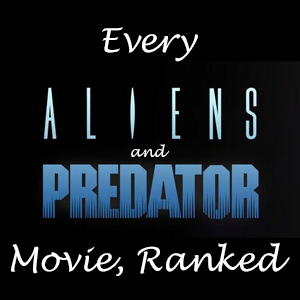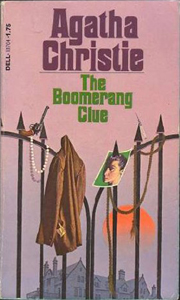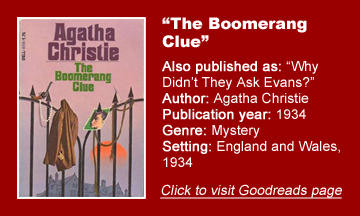In “The Boomerang Clue” (1934), as with the 1922 Tommy and Tuppence novel “The Secret Adversary,” Agatha Christie uses the mystery format to write a romance story. This is 100 percent a mystery plot, but 20-somethings Frankie, a rich girl, and Bobby, the poor neighbor who grew up with her, circle around each other even as they circle around clues.
I am a sucker for romances about two people who like each other but neither is willing to acknowledge it, so I probably rate “Boomerang” higher than most readers.
Where’s the boomerang?
The novel was originally published under the better title “Why Didn’t They Ask Evans?,” which isn’t a great title, but it’s to the point, whereas there’s no boomerang in the whole book. Maybe “boomerang” is meant as a verb, in the sense that everything “boomerangs” back around to the starting point.
At any rate, this story is convoluted yet slow-moving. It starts with Bobby (last name Jones, although his game won’t be confused with the golf professional) finding a dying man at the bottom of a cliff on a golf course.
The man’s last words are “Why didn’t they ask Evans?,” and he has a photo of a beautiful woman in his pocket.
Roped into the mystery
Unlike purposeful amateur sleuths Tommy and Tuppence, Frankie and Bobby are roped into this mystery rather than pursuing it out of sheer curiosity – although they do very much get into it.
Frankie’s particularly old-fashioned trick – which I’m guessing required suspension of disbelief even in 1934 – is to fake a head injury in a car accident so she’ll be invited to stay at the Bassington-ffrench family’s home until she recovers. (Roger Bassington-ffrench comes upon the dying man soon after Bobby does, and our young sleuths suspect him of swapping out the photo in the man’s pocket.)
More than once, Frankie and Bobby put their heads together and say something like “If only we knew who this Evans is. Then we could get on the right track.” The reader isn’t given a fair chance to guess who Evans is because Christie makes “Boomerang” too complex.
Unusual structure
Frankie and Bobby investigate the case from the point where they enter it, but they know they’ve entered mid-story. So there’s a whole previous act they (and we) aren’t privy to. Obviously, the author explains everything in the end, but I feel left out of the loop of “Boomerang Clue” much more than in a typical Christie novel.
I wonder if she’s more engaged with the romance, even though it ostensibly is the spice, not the main dish. Christie does good work here, as Frankie is a plucky and inventive, and Bobby is daring. They each make the other one a better thinker, and braver in tight spots, because deep down they are trying to impress the other one.
I find the relationship cute, although as a believable romance, and as a believable story for that matter, “Boomerang” doesn’t rank too high.

Getting adventurous
We get into danger-laden adventurous territory when our heroes are nabbed by the villain. And the plot relies on the antagonist’s fakery skills on multiple levels, similar to “13 at Dinner” but pushing the plausibility a notch too far this time.
Also, Christie crams in too many characters. Usually her large casts are defensible because it makes the whodunit game more fun. In “Boomerang,” she’s going for a character piece, and Bobby’s stuttering idiot friend Badger is a forced, colorful add-on. (One advantage to that name is that I picture the buffoonish Badger from “Breaking Bad.”)
That said, personalities – namely Frankie and Bobby – are the strength of “The Boomerang Clue,” a rare Christie effort where the mystery’s process and solution aren’t particularly satisfying.
Every week, Sleuthing Sunday reviews an Agatha Christie book or adaptation. Click here to visit our Agatha Christie Zone.


